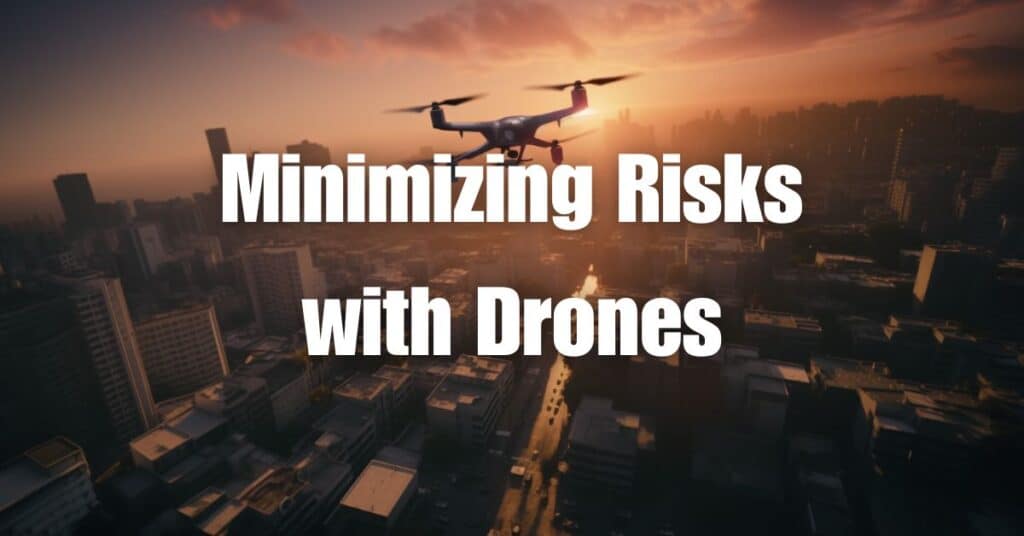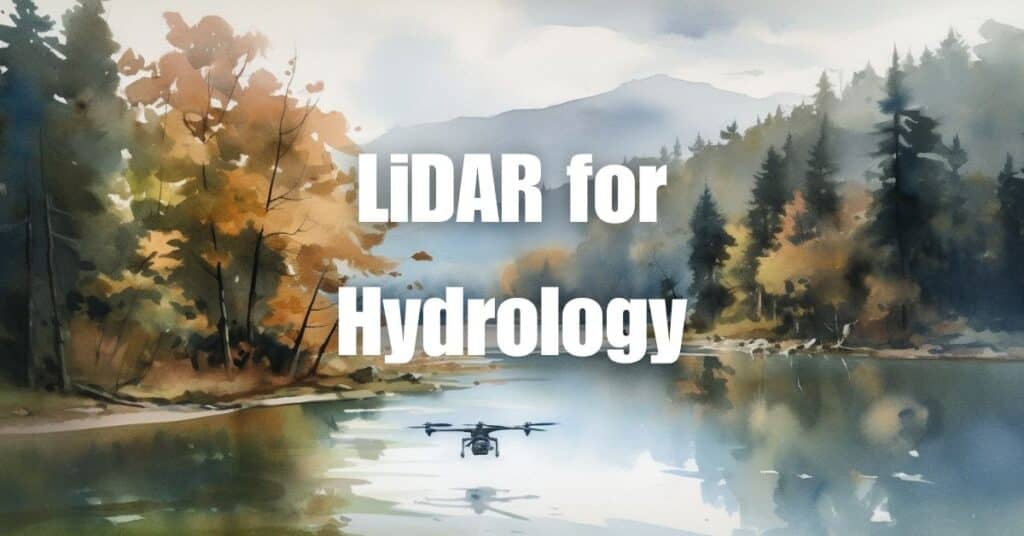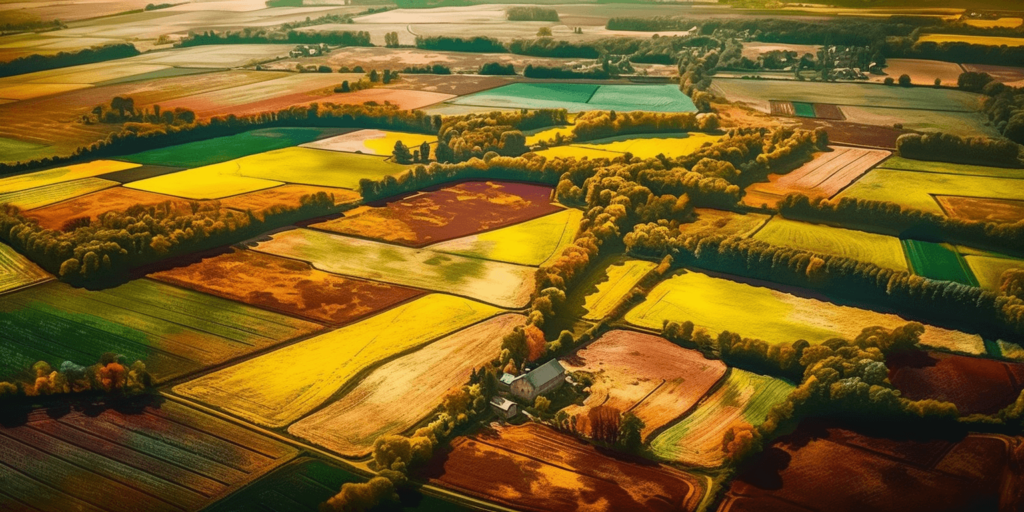In today’s fast-paced world, surveying and mapping professionals are constantly seeking innovative solutions to minimize risks and maximize efficiency. Enter aerial LiDAR, a cutting-edge technology that’s revolutionizing the way we approach these tasks. With its ability to deliver high-resolution, accurate data faster and more safely than traditional methods, minimizing risk with LiDAR has never been more achievable. In this article, we’ll explore the benefits of aerial LiDAR in surveying and mapping, and how it’s transforming the industry by reducing risks and delivering unparalleled results.
Overview of Aerial LiDAR Technology
Aerial LiDAR (Light Detection and Ranging) is a remote sensing technology that employs laser light to measure distances and generate accurate, high-resolution, three-dimensional representations of the Earth’s surface. By mounting LiDAR sensors on aerial platforms such as drones, helicopters, or airplanes, this technology has become a game-changer for various industries, including surveying, forestry, urban planning, environmental monitoring, and more.
The basic principle of LiDAR involves emitting laser pulses towards the ground and measuring the time it takes for the light to travel back to the sensor after reflecting off objects or the ground. By combining these measurements with precise GPS and inertial measurement unit (IMU) data, detailed 3D point clouds are created, which can then be processed and analyzed for various purposes.
Minimizing Risks with LiDAR in Surveying and Mapping
Aerial LiDAR offers several advantages over traditional surveying and mapping methods that contribute to minimizing risks:
Enhanced accuracy and resolution
Aerial LiDAR systems can achieve sub-meter accuracy and generate high-resolution point clouds with remarkable detail. This allows for more precise measurements and the ability to capture small features that might be missed by traditional surveying methods. The increased accuracy and resolution help reduce the risk of errors and costly rework, leading to better decision-making and project outcomes.
Rapid data acquisition
Aerial LiDAR systems can cover large areas quickly, dramatically reducing the time and resources required for data collection. Faster data acquisition not only minimizes the risk of delays and cost overruns but also provides up-to-date information for timely decision-making and project management.
Increased safety and reduced environmental impact
By using aerial platforms, LiDAR eliminates the need for surveyors to physically access hazardous or difficult-to-reach locations, reducing the risk of accidents and injury. Additionally, aerial LiDAR data collection has a minimal environmental impact, as it doesn’t require any physical disturbance of the surveyed area.
Versatility in various environments and applications
Aerial LiDAR is highly adaptable and can be used in diverse environments, including urban areas, dense forests, and challenging terrains. This versatility allows surveying and mapping professionals to overcome many of the limitations and risks associated with traditional methods.
Successful Implementation of Aerial LiDAR
To maximize the benefits of aerial LiDAR and minimize risks, it’s crucial to consider the following factors:
Proper planning and preparation
Before deploying aerial LiDAR, it’s essential to thoroughly plan your project, taking into account factors such as flight altitude, speed, overlap, and weather conditions. Proper planning ensures optimal data quality while minimizing the time and resources required for data collection.
Sensor selection and calibration
Choose the right LiDAR sensor for your project based on your accuracy, resolution, and range requirements. Ensure that your sensor is properly calibrated before deployment to guarantee the accuracy of the data collected.
Data processing and analysis
Efficient data processing and analysis workflows are vital for extracting valuable insights from LiDAR data. Use specialized software and techniques to clean and preprocess your point cloud data, removing any noise or outliers. Apply appropriate algorithms and methods for feature extraction, classification, and analysis based on your project objectives.
Case Studies Demonstrating the Benefits of Aerial LiDAR
The following case studies highlight the advantages of minimizing risks with LiDAR in various surveying and mapping applications:
Infrastructure planning and development
Aerial LiDAR was utilized in the planning stage of a large infrastructure project involving the construction of a highway. High-resolution data facilitated the identification of potential issues, including unstable slopes, waterlogged areas, and existing structures. By addressing these concerns during the planning phase, the risks of costly delays, design modifications, and environmental impacts during construction were minimized.
Forest management and conservation
In a forest management project, aerial LiDAR was employed to assess the forest’s health, species distribution, and biomass. This non-invasive method reduced the need for ground-based surveys, minimizing the risk of disturbing wildlife and damaging delicate ecosystems. Moreover, the resulting data allowed for better decision-making and improved management practices, enhancing the forest’s long-term sustainability.
Flood risk assessment and mitigation
Aerial LiDAR played a crucial role in a flood risk assessment project, where accurate elevation data was required to model potential flood scenarios. The high-resolution data allowed for the identification of vulnerable areas and the creation of effective mitigation strategies. By providing critical insights, aerial LiDAR helped minimize the risk of property damage, loss of life, and environmental degradation during potential flood events.
Urban planning and development
In an urban planning project, aerial LiDAR was used to create a detailed 3D model of a city’s existing infrastructure, including buildings, roads, and utilities. This data facilitated better decision-making regarding zoning, land use, and transportation planning. By identifying potential challenges early on, such as traffic congestion or conflicting land uses, the risks associated with future development were significantly reduced.
Archaeological exploration and preservation
Aerial LiDAR was employed in an archaeological project to survey a large, densely vegetated area for undiscovered historical sites. The LiDAR system penetrated the forest canopy, revealing hidden structures and features that would have been difficult to detect through traditional ground-based methods. This non-invasive approach minimized the risk of damaging the sites while providing valuable data to guide further exploration and preservation efforts.
These case studies demonstrate the diverse applications of aerial LiDAR and its potential to minimize risks in various surveying and mapping projects. By leveraging this technology, professionals can achieve more accurate, efficient, and sustainable outcomes, while reducing the inherent risks associated with traditional methods.
In conclusion, minimizing risk with LiDAR has proven to be an invaluable asset in the surveying and mapping industry. The enhanced accuracy, rapid data acquisition, increased safety, and versatility offered by aerial LiDAR technology are just a few of the reasons why professionals are increasingly adopting this revolutionary approach.
For those interested in further exploring the potential of LiDAR technology, we recommend reading Aerial LiDAR 101: An Introduction to its Applications and Benefits to gain a deeper understanding of its wide-ranging applications.
If you’re in need of drone services or aerial LiDAR solutions for your projects, Blue Falcon Aerial is here to help. With our extensive experience and expertise, we can assist you in achieving your goals while minimizing risks. Don’t hesitate to contact us to discuss your project requirements and discover how we can support your success.




